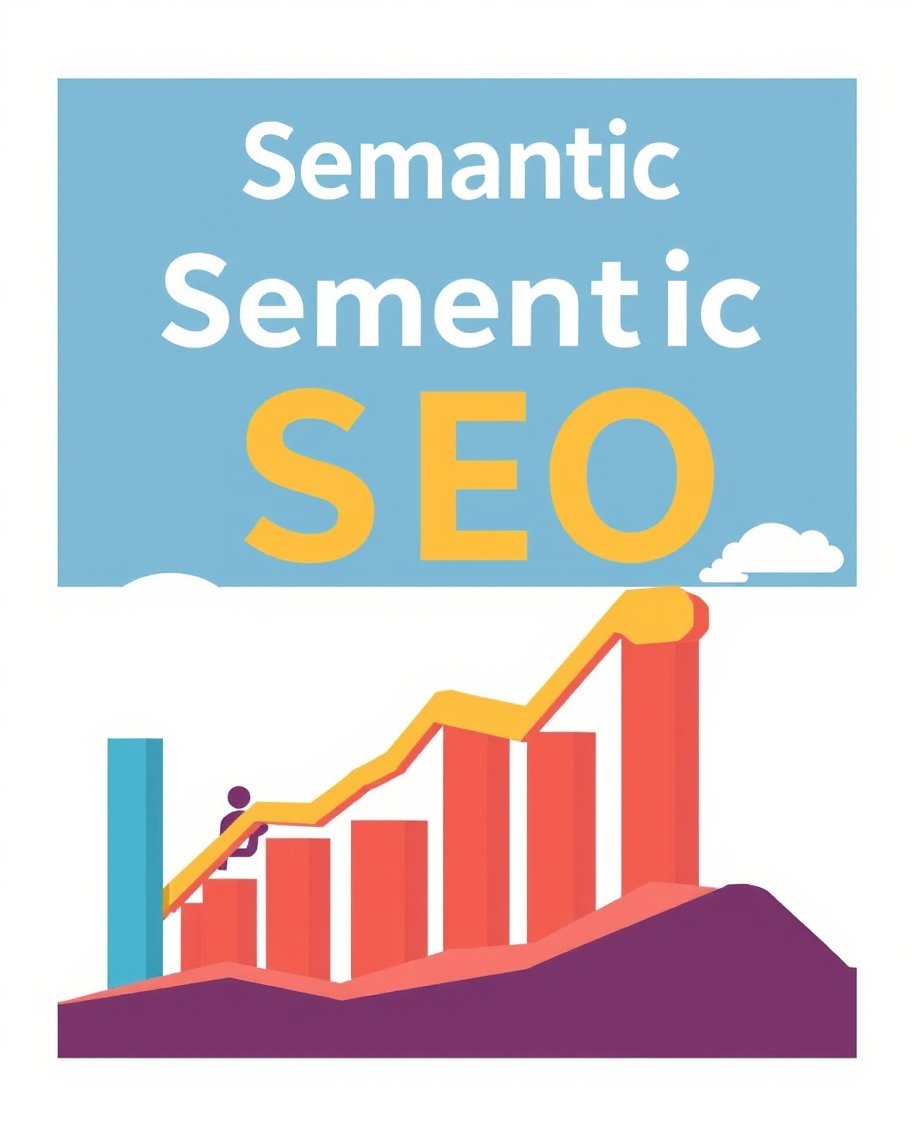Semanticlast.com is a tool designed to enhance Semanticlast.com strategies by focusing on semantic search, which emphasizes the context and intent behind search queries rather than just matching keywords. This approach makes it easier for websites to deliver relevant content that aligns with user needs, helping to improve search engine rankings and drive organic traffic.
The platform provides several key features:
- Semantic SEO: It uses advanced algorithms to analyze the meaning behind search queries, allowing businesses to optimize their content to meet the intent of their audience. This helps in improving user experience and boosting search rankings(
- Website Audits: Semanticlast.com performs comprehensive audits to identify technical issues such as broken links or slow loading times, which can negatively affect SEO(
- Keyword Research: The platform helps businesses find effective keywords and related phrases, ensuring they target the right audience while avoiding overly competitive terms(
- Mobile Optimization and Backlinking: It also checks for mobile-friendliness and helps in building strong backlinks to improve site authority
In the ever-evolving landscape of digital marketing, search engine optimization (SEO) remains a vital component for online visibility. One of the most transformative approaches in recent years is semantic SEO, which focuses on understanding the intent behind search queries rather than simply matching keywords. This article delves into the significance of Semanticlast.com, how it works, its benefits, practical applications, and the challenges marketers face. By the end of this guide, you’ll gain valuable insights into leveraging Semanticlast.com for your digital strategy.
1. What is Semanticlast.com?
Semantic SEO is an advanced form of search engine optimization that emphasizes the meaning of words and phrases in relation to a user’s search intent. Unlike traditional SEO, which primarily focuses on keywords, semantic SEO involves understanding the context surrounding search queries. This means that search engines like Google utilize algorithms to interpret the intent behind a query and deliver relevant results.
1.1 Key Components of Semantic SEO
- Search Intent: Understanding the user’s goal behind a search query is crucial. Users may be looking for information, seeking to make a purchase, or searching for a specific location.
- Contextual Relevance: Semantic SEO involves creating content that aligns with the context of a search query. This includes using related terms and concepts to provide a comprehensive answer.
- Structured Data: Utilizing structured data markup helps search engines better understand the content on your website. This can enhance visibility in search results and improve click-through rates.
- Natural Language Processing (NLP): NLP enables search engines to analyze and interpret human language, helping them understand the nuances of queries and providing more accurate results.
2. The Evolution of SEO
To appreciate the importance of semantic SEO, it is essential to understand how SEO has evolved over time. Initially, SEO practices revolved around keyword density and backlinks. However, as search engines became more sophisticated, they began prioritizing user experience and relevance.
2.1 Transition from Keywords to Semantic Understanding
- Keyword Stuffing: In the past, many websites engaged in keyword stuffing, leading to poor user experiences and low-quality content.
- Algorithm Updates: Major updates like Google’s Hummingbird and RankBrain shifted the focus toward semantic understanding, rewarding high-quality, relevant content.
- User-Centric Approach: Today’s SEO strategies prioritize user intent and experience, making semantic SEO a crucial aspect of digital marketing.
Importance and Benefits
3. Why is Semantic SEO Important?
Semantic SEO plays a vital role in enhancing online visibility and user engagement. Here are several reasons why it is essential for businesses:
3.1 Enhanced Search Engine Rankings
Websites that effectively implement semantic SEO techniques often experience improved rankings in search engine results pages (SERPs). By aligning content with user intent and providing valuable information, these websites are more likely to be favored by search engines.
3.2 Improved User Experience
Creating content that answers user queries comprehensively leads to a better user experience. When visitors find relevant information quickly, they are more likely to stay on the site, reducing bounce rates and increasing engagement.
3.3 Higher Click-Through Rates
Using structured data and rich snippets can make your search results stand out. When users see more detailed information in the search results, they are more inclined to click on your link.
3.4 Increased Authority and Trust
Producing high-quality, relevant content helps establish your website as an authority in your niche. Users are more likely to trust a site that provides in-depth information on their queries.
Applications and Use Cases
4. Real-World Applications of Semantic SEO
Semantic SEO has numerous applications across different industries. Here are a few practical examples that illustrate its effectiveness:
4.1 E-commerce Websites
E-commerce sites can benefit significantly from semantic SEO by optimizing product descriptions to align with search intent. For instance, instead of focusing solely on keywords like “buy shoes,” content can include related phrases like “best running shoes for flat feet” or “affordable sneakers for everyday wear.”
4.2 Content Marketing
In content marketing, semantic SEO enables marketers to create in-depth articles that address users’ questions comprehensively. For example, a blog post about “digital marketing strategies” can include sections on social media marketing, SEO, and email campaigns, covering the topic from multiple angles.
4.3 Local SEO
Businesses targeting local customers can leverage semantic SEO by optimizing content for local search queries. This includes using structured data for local business information, such as hours of operation, location, and customer reviews.
4.4 Knowledge Graph and Featured Snippets
Utilizing semantic SEO techniques can increase the chances of appearing in Google’s Knowledge Graph and featured snippets. For example, providing concise answers to common questions can help your content be highlighted directly in the search results.
Challenges and Solutions
5. Addressing Common Challenges in Semantic SEO
Despite its advantages, implementing semantic SEO can pose several challenges for marketers. Here are some common obstacles and strategies to overcome them:
5.1 Understanding User Intent
Challenge: Accurately deciphering user intent can be challenging, especially with ambiguous queries.
Solution: Conduct thorough keyword research and analyze search intent. Utilize tools like Google Search Console and analytics data to identify common search queries and tailor content accordingly.
5.2 Content Quality and Relevance
Challenge: Producing high-quality, relevant content consistently can be resource-intensive.
Solution: Develop a content strategy that focuses on in-depth research and expert insights. Collaborate with industry experts and utilize data to create authoritative content that meets user needs.
5.3 Staying Updated with SEO Trends
Challenge: The SEO landscape is continually evolving, making it difficult to stay current with best practices.
Solution: Follow reputable SEO blogs, attend webinars, and participate in online communities to stay informed about the latest trends and algorithm updates.
Conclusion
In conclusion, Semanticlast.com represents a crucial evolution in digital marketing, focusing on understanding user intent and context rather than just matching keywords. By leveraging the principles of semantic SEO, businesses can enhance their online visibility, improve user experiences, and build trust with their audiences.
As the digital landscape continues to evolve, embracing Semanticlast.com will be vital for staying competitive. By implementing these strategies and overcoming common challenges, you can position your website for success in the search engine landscape.




